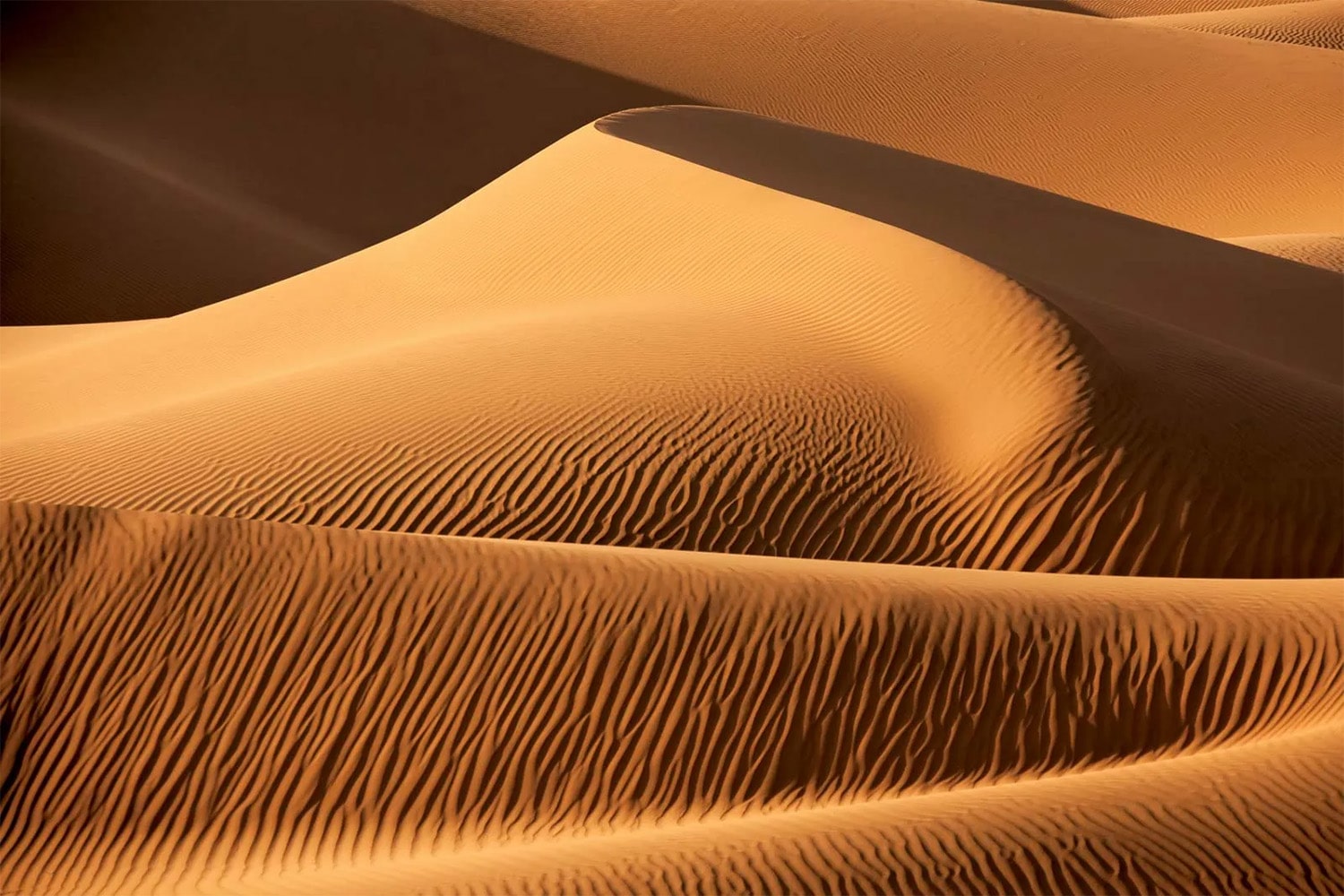
25 interesting facts about Sand dunes
- 👁️ 315
Sand dunes, those majestic natural sculptures that rise and fall with the whispers of the wind, are far more than just heaps of sand. They play a crucial role in the ecological and environmental framework of both coastal and desert regions around the world. Formed by the movement of wind or water, dunes can vary greatly in size, shape, and location, providing habitats for a variety of plants and animals uniquely adapted to their challenging environment. Beyond their biological importance, sand dunes also offer protection against coastal erosion, acting as natural barriers to the destructive forces of waves and storms. Let’s delve into some interesting and informative facts about sand dunes that showcase their significance and the dynamic nature of these fascinating formations.
- Sand dunes are formed when wind or water moves sand into a sheltered area behind an obstacle.
- Dunes can be classified into different types based on their shape and location, including crescentic, linear, star, dome, and parabolic dunes.
- The tallest sand dune in the world is the Duna Federico Kirbus in Argentina, which measures around 1,234 meters (4,049 feet) in height.
- White Sands National Park in New Mexico, USA, is known for its vast field of white gypsum dunes, one of the few places where gypsum rather than quartz sand forms dunes.
- Coastal dunes are formed by the action of sea waves bringing sand to the shore, which is then blown inland by the wind.
- Some plants, known as pioneer species, have adapted to grow on sand dunes, helping to stabilize them by trapping sand with their root systems.
- Desert dunes can migrate up to 30 meters (100 feet) per year, depending on wind conditions.
- The singing sands phenomenon, where dunes emit sounds when moved, can be observed in certain desert dunes around the world.
- Sand dunes act as natural coastal defenses, absorbing the energy of storms and high waves, protecting inland areas from erosion.
- The Great Sand Dunes National Park in Colorado has the tallest dunes in North America, reaching up to 230 meters (750 feet).
- The Sahara Desert, the largest hot desert in the world, is home to extensive dune fields that cover much of its terrain.
- The formation and movement of dunes can significantly affect the spread of deserts in a process known as desertification.
- Parabolic dunes, shaped like a U or V, are common in coastal areas where vegetation partially covers the sand.
- Star dunes, which have points that radiate from the center, form in areas with wind coming from multiple directions.
- Sand dunes can store water, creating an aquifer that can be a critical water source for plants and animals in arid environments.
- Some of the world’s largest sand seas or ergs, which are vast areas covered with dunes, are found in the Sahara and Arabian deserts.
- The Lencois Maranhenses National Park in Brazil is unique for its large, white sand dunes interspersed with seasonal rainwater lagoons.
- Dune sand is typically made up of quartz and feldspar, minerals that are resistant to weathering.
- The color of sand in dunes can vary from white to yellow to red, depending on the mineral composition of the sand.
- Fossilized sand dunes can be found in many parts of the world, providing evidence of past environmental conditions.
- Some animals, such as the dune lizard, have evolved to live specifically in dune environments, exhibiting unique adaptations.
- Vegetation plays a key role in dune stabilization, preventing them from being blown away by the wind.
- In some cultures, sand dunes are considered sacred places and are associated with various myths and legends.
- Dunes are dynamic structures that can change shape and location over time due to the constant movement of sand by wind and water.
- The study of dunes and their formation, known as dune science or psammosere, is a branch of geomorphology.
Sand dunes are a testament to the power and persistence of natural forces, shaping the Earth’s landscapes in both subtle and dramatic ways. They are not only stunning natural features but also crucial for the protection and sustenance of diverse ecosystems. Understanding the formation, evolution, and ecological importance of sand dunes helps highlight the interconnectedness of Earth’s systems and the need for their conservation. As we continue to explore and appreciate these natural wonders, it becomes increasingly important to protect them for future generations to enjoy and learn from.
Sand dunes, those majestic natural sculptures that rise and fall with the whispers of the wind, are far more than just heaps of sand. They play a crucial role in the ecological and environmental framework of both coastal and desert regions around the world. Formed by the movement of wind…